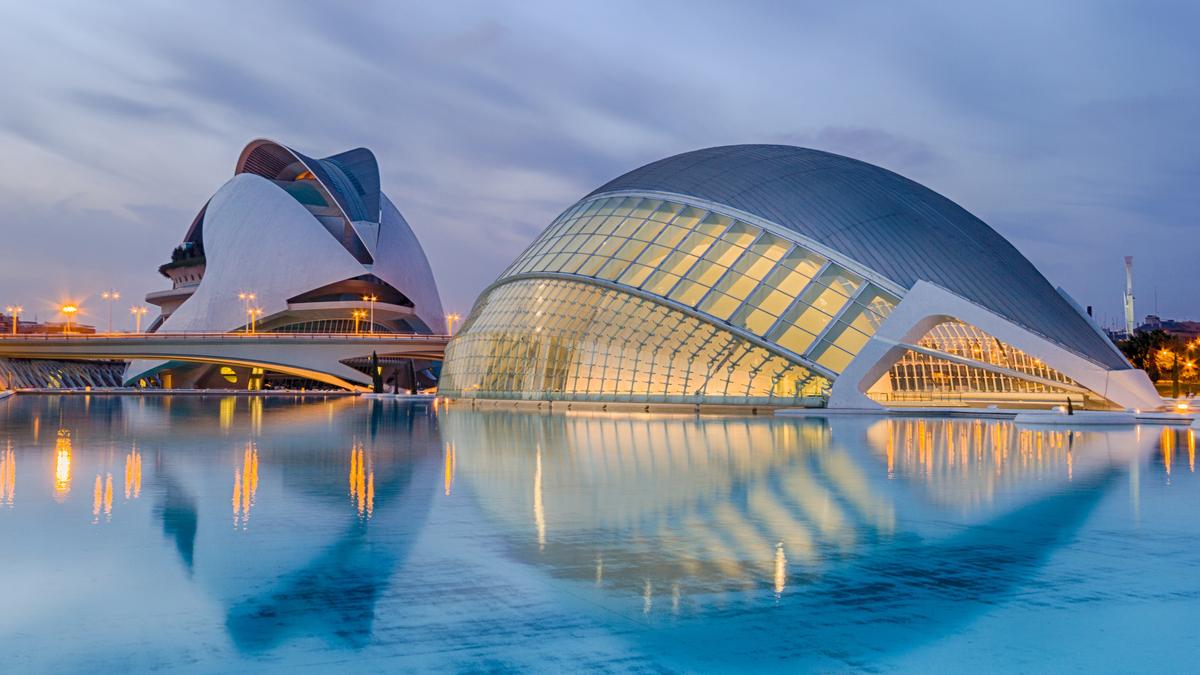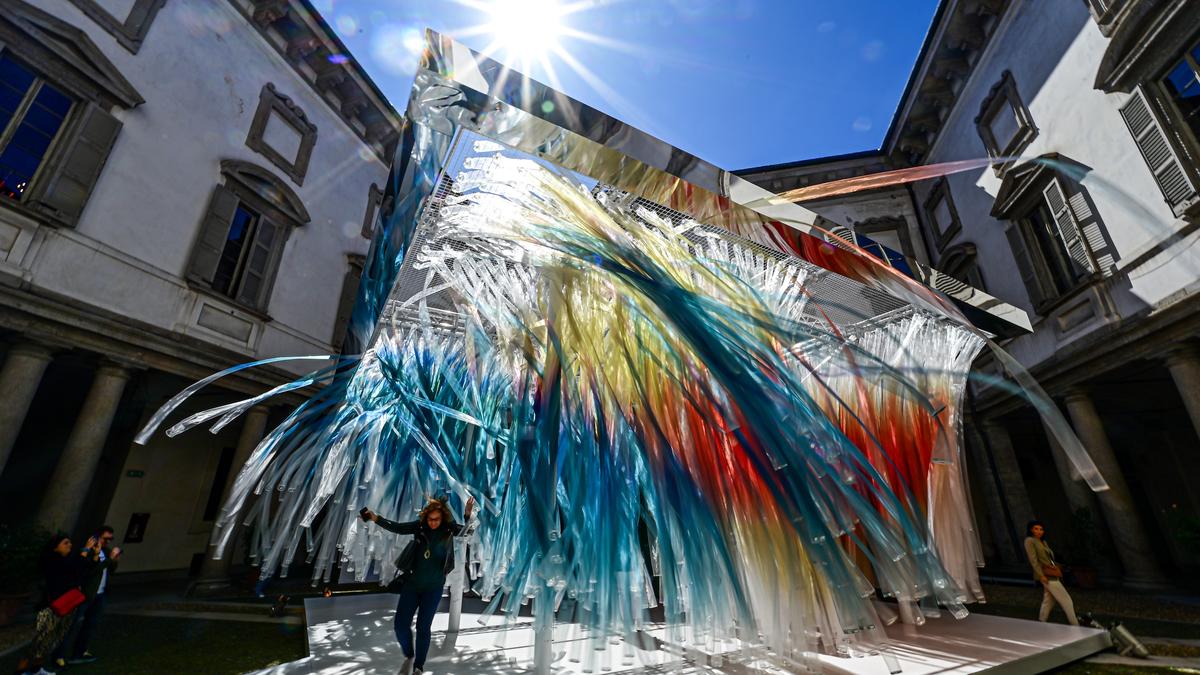
Getting up, close and personal with zebras, hippos and other wildlife in Naivasha, Kenya
It is one of the most unique experiences of my life.
I am standing 10ft away from a baby hippo, watching in rapt attention as he munches on grass. My cousin and siblings are beside me and we are still, careful to avoid making any sound to alert the animal to our presence. It’s a rare event. Our caretaker, David, tells us that hippopotamuses usually come out of the water after dark, to graze through the night. It’s early afternoon. This baby is clearly a rebel or just hungry. He munches placidly on the grass while, some metres away, loud grunts and splashing indicate his family is frolicking in the water. Nearby, a pair of zebras are also grazing and they move from one patch to another, almost as if in tandem. All of a sudden, the hippo looks up and spots us, and trundles back to the water.
Our hippo encounter was the highlight of my family trip to Kenya in January. We were there for 10 days, and although Masai Mara wasn’t on the itinerary, we saw our fair share of wildlife.
We met the baby hippo at Sungura Sanctuary on the banks of Lake Naivasha, a freshwater lake two hours north of Nairobi, and just outside Naivasha town. Naivasha is best enjoyed in winter, between November and March, when temperatures are cooler. The lake supports a rich ecosystem of hippos, flamingos, pelicans, giraffes, zebras, antelopes and waterbucks, among other wildlife. Its banks are dotted with private sanctuaries and farms offering people the chance to see these animals at close quarters.
On our arrival at the sanctuary, we are greeted by zebras grazing in the garden. The Lake House Naivasha is a spacious home with a well-tended garden and an outdoor dining area with a view of the lake. A walk around the place introduces us to more hippos frolicking in the water, zebras, dogs bounding behind colobus monkeys, and gazelles grazing in groups. As evening sets, the sky is overrun with the sounds of doves, cuckoos and nightjars and, in the distance, the hooting of monkeys. After sunset is when the otherwise placid lake becomes abuzz with activity, as hippos lumber their way on to land to forage through the night.
Our stay in Naivasha turns out to be a lesson on animals and birds. We soon learn to distinguish between the gazelle and impalas, recognise the antlers of the waterbuck, understand that hippos yawn when they feel threatened, and that zebras have a powerful kick.
For all its beauty, Lake Naivasha also taught us about the impact of climate change. The lake is dotted with dead, yellow-barked acacia trees, which have drowned because the water levels of the lake have been rising in the last few years The main reason is increase in rainfall, though there are studies talking about movement of tectonic plates, soil erosion due to unsustainable farming and deforestation. The starkest example of the impact of the climate crisis is the fate of the nearby Crescent Island. Famously known for being the location of the 1985 film, Out Of Africa, over the years it has oscillated between being an island and a peninsula depending on water levels. In 2020, a sharp rise in the lake’s water level turned this into an island, only accessible by boat. The swampy causeway that takes us there is littered with more dead trees, giving it an end-of-the-world feel.
Crescent Island, thankfully, doesn’t feel stark. This is due to a strong local focus on conservation of nature and wildlife. At the entrance, we find boards educating us about the biodiversity of the island, mapping the trekking route, and providing updates about some of the animal inhabitants. A secluded area nearby is for those who want to buy a sapling and plant it to propagate the island. We also pick up acacia seed balls and are told to “throw them about” the island in the hope that some take root—they are important to the ecosystem as giraffes feed on acacia trees.
The island itself is lovely, with well-defined walking trails and patches of tree-covered portions under which animals like wildebeest, impalas, Masai giraffes, and zebras graze. Early on in our walk, we take a small detour to check out a museum—a tiny hut packed with bones, and skin of animals found in the region and information about wildlife. Of note are cute little drawings of the hoof/leg prints of the island’s animals.
Further ahead on the trail, we meet ostriches in a cordoned-off area. They come bounding expecting food (they sell animal feed at the entrance) and strut away in disappointment. A swampy area at one side dazzles us with a sea of white—a flock of pelicans come to roost. We take a walk across the island, admiring the animals from afar, especially at feeding time—observing the unspoken hierarchy, watching sneaky vervet monkeys grab food and bound away while the bigger animals roar and fight away unwanted company. Towards the end of our walk, we spot two giraffes. We follow the same protocol as with the hippo, staying quiet and watching them with rapt attention, but from a safe distance.
Who knew that watching animals eat would be this fascinating?
On the way back, our boat driver picks out a fish and tosses it in the air. In seconds, an eagle swoops down (almost out of nowhere) and grabs it.
We didn’t see the Big Five at Naivasha but didn’t feel anything amiss. After all, we saw a baby hippo and that was truly memorable.
Joanna Lobo is a Goa-based journalist.
Powered by Yes Mom Hosting





